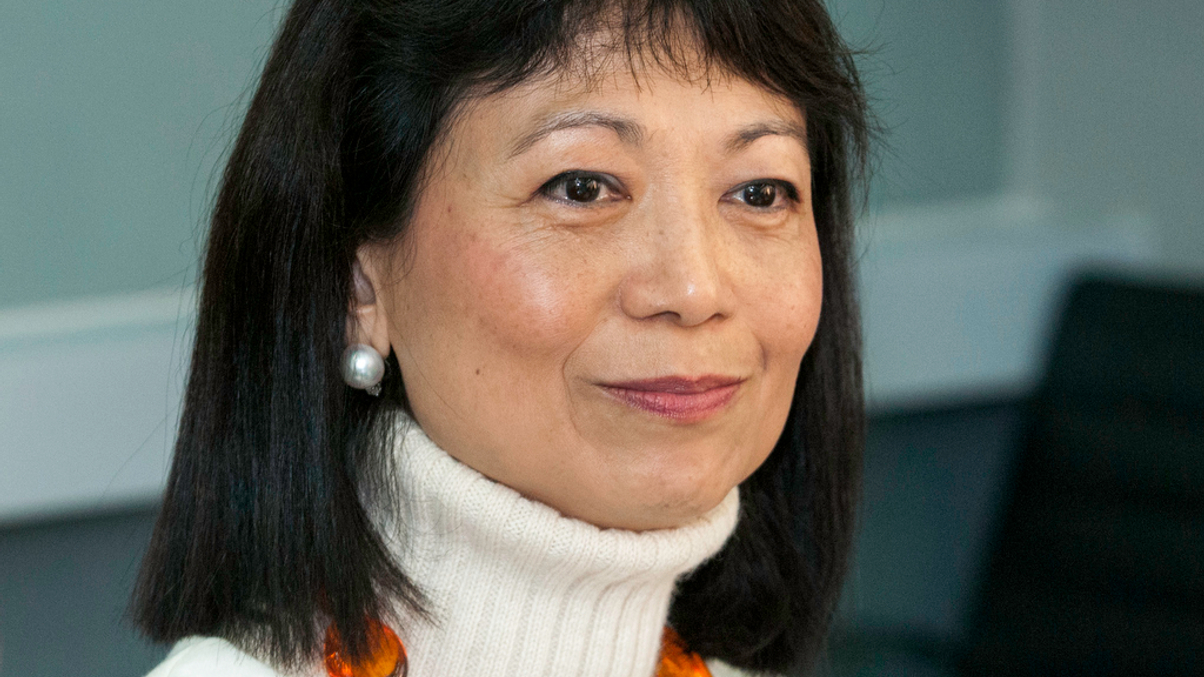Family advisers flag co-investing challenges
Co-investments and club deals raise issues over control, deal ‘bite size’ and competition, note specialists in the field.

On the one hand, co-investments make a lot of sense for Asian families, which may not have the resources or appetite to take on a deal in its entirety. On the other, they raise issues such as competition and which partner has control.
Sign in to read on!
Registered users get 2 free articles in 30 days.
Subscribers have full unlimited access to AsianInvestor
Not signed up? New users get 2 free articles per month, plus a 7-day unlimited free trial.
¬ Haymarket Media Limited. All rights reserved.


